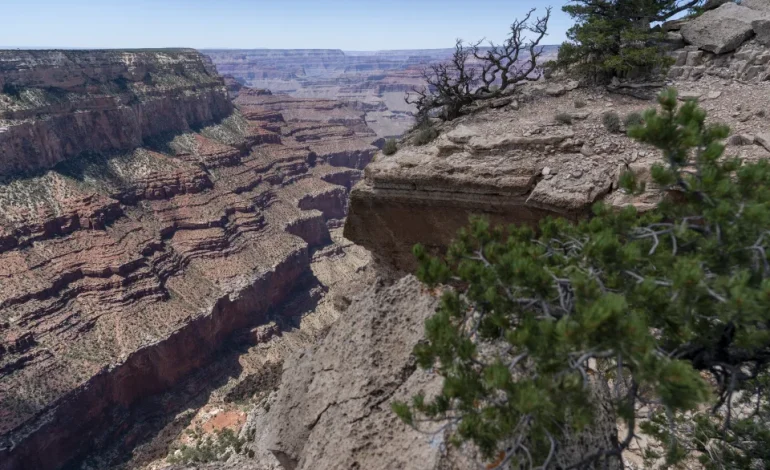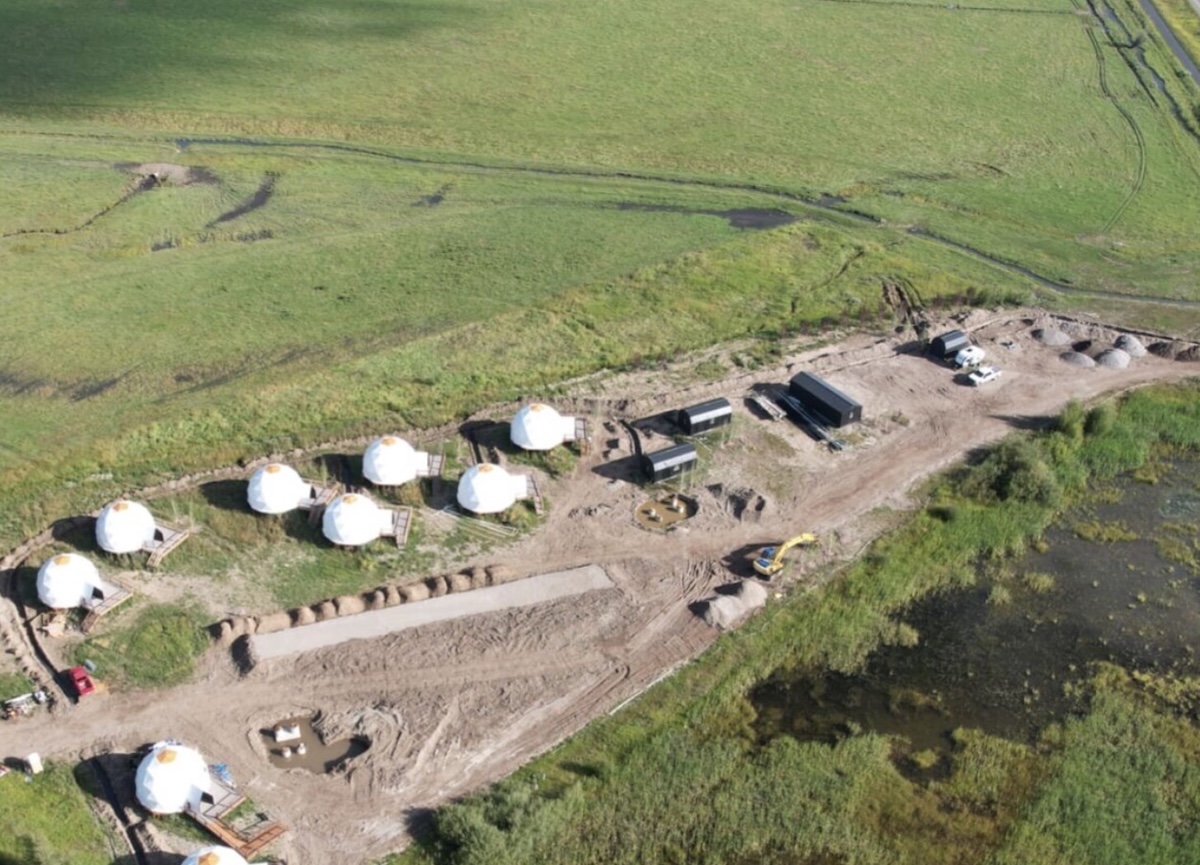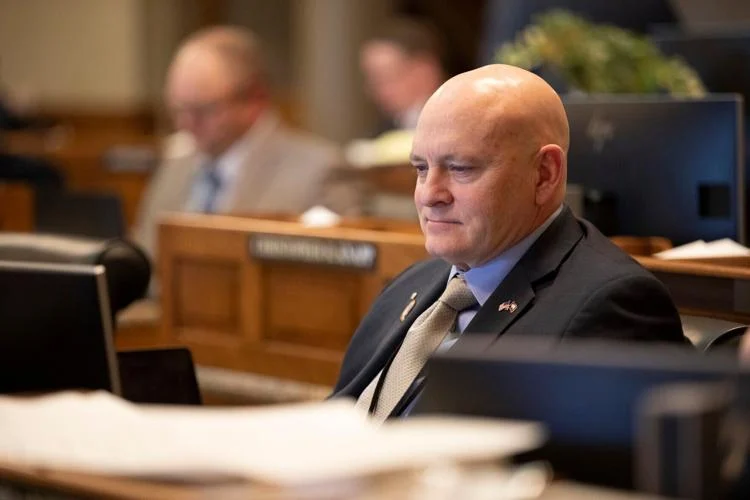Grand Canyon Water Pipeline Failure Halts Overnight Stays Amid Busy Labor Day Weekend

The Grand Canyon National Park has been forced to suspend overnight accommodations due to a major failure in its primary water pipeline.
The Transcanyon Waterline, which supplies potable water to the South Rim and inner canyon, has experienced a series of breaks, forcing a complete shutdown of hotel stays during one of the park’s busiest times of year.
The pipeline, which has been in service since the 1960s, has a history of frequent failures. However, the recent series of breaks has led to unprecedented “Stage 4” water restrictions. The shutdown, which begins August 29, affects several key lodges, including El Tovar, Bright Angel Lodge, Maswik Lodge, Phantom Ranch, and Trailer Village.
Since July 8, the park has been dealing with water supply issues, with no water being pumped to either the South or North Rim. The pipeline’s failure has prompted officials to impose restrictions during the Labor Day holiday weekend, when visitor demand is especially high.
Visitors have been informed that, while the park will remain open for daytime activities, overnight stays will be prohibited, and camping will be restricted to dry sites with limited water access. Restaurants and other services on the South Rim will continue to operate normally, and hotels in Tusayan, Arizona, are unaffected by the restrictions.
The pipeline failure is particularly problematic because it coincides with the peak visitor season. The Grand Canyon, known for its vast landscapes and tourist appeal, attracted nearly 523,000 visitors last August alone. The disruption is expected to affect nearby communities that rely on park tourism.
The Transcanyon Waterline has faced over 85 major breaks since 2010, but this is the first time the park has implemented such severe restrictions. The pipeline is part of a $208 million rehabilitation project initiated by the National Park Service (NPS) earlier this year and scheduled to be completed by 2027. This project aims to address the park’s aging infrastructure and ensure a consistent water supply for its six million annual visitors and 2,500 residents.
Repair efforts are complicated by the pipeline’s location in a difficult area known as “the box,” which is prone to rockfalls and high temperatures. The NPS is working to restore full service as soon as possible, but officials advise visitors to conserve water and follow conservation measures during their visit.
For the time being, visitors are advised to prepare for alternative lodging arrangements and to remain informed about the park’s operational status.
The Associated Press, AZCentral and Newsweek contributed to the report.








